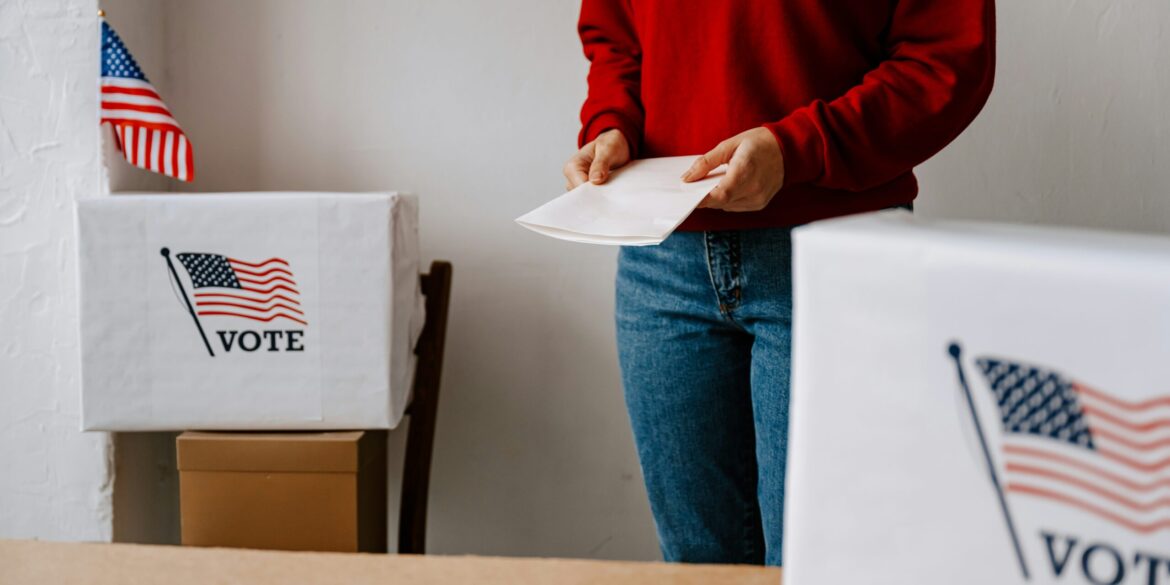Rural America is seeing a notable surge in voter engagement ahead of the upcoming midterm elections, with a new poll revealing that 68% of eligible rural voters are now registered—a significant rise from 62% during the last election cycle.
The uptick, detailed in recent Reuters polling, underscores an unprecedented level of political activation in small-town and farming communities across the country. Political analysts attribute the increase to focused outreach efforts, including voter registration drives at county fairs, educational campaigns at agricultural forums, and robust initiatives by local GOP chapters aiming to mobilize historically underrepresented demographics.
“These numbers are a testament to the effectiveness of grassroots engagement,” said Heather Wilcox, a political analyst specializing in rural voter behavior. “When local leaders meet people where they are, whether that’s a fairground or a feed store, it changes the game.”
The trend has significant implications for several closely watched congressional races where rural voter turnout could tip the balance. With competitive seats in states like Montana, Iowa, and Ohio, increased rural participation could reshape electoral outcomes in favor of candidates who resonate with agricultural and conservative values.
GOP strategists have increasingly turned to personalized messaging that focuses on farming policy, energy independence, and Second Amendment rights—key issues that resonate deeply with rural constituents. This approach, paired with a ground-game strategy involving local volunteers and community leaders, appears to be yielding measurable results.
As election season intensifies, both parties are expected to double down on rural outreach, recognizing the growing political clout of America’s heartland.

